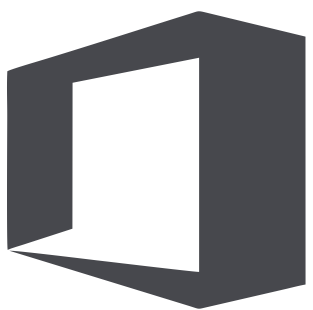 myCSUSM
myCSUSMInternships
As a part of this project, summer internships for CSU students will be funded in Sandia’s QIS Program.
Internship applications for summer 2024 at Sandia National Labs are now open!
Eligibility:
- You must be an enrolled undergraduate student at a CSU campus (anticipated graduation date Dec 2024 or later).
- You must be able to work 10-12 weeks between May and September 2024.
- You must be able to relocate to Albuquerque, NM ($1500 relocation assistance is available).
The deadline to apply is January 8, 2024. Applications reviewed by January 22, 2024. Finalists will be interviewed by February 15, 2024. Final selections will be made by March 1, 2024. Selected interns will be compensated $30/hour. Housing, meals, healthcare, etc. are the responsibility of the interns. For any questions/concerns, please reach out to Dr. Megan Ivory (mkivory@sandia.gov).
Students are also encouraged to apply to other internship opportunities, Research Experience for Undergraduates (REU) programs, etc to gain hands-on skills in QIST. Several opportunities like these can be found at www.myivorytower.org and on Quantom Consortium and selecting “Internships”.
If you have an opportunity you would like to share on this page please reach out to Justin Perron at jperron@csusm.edu.






